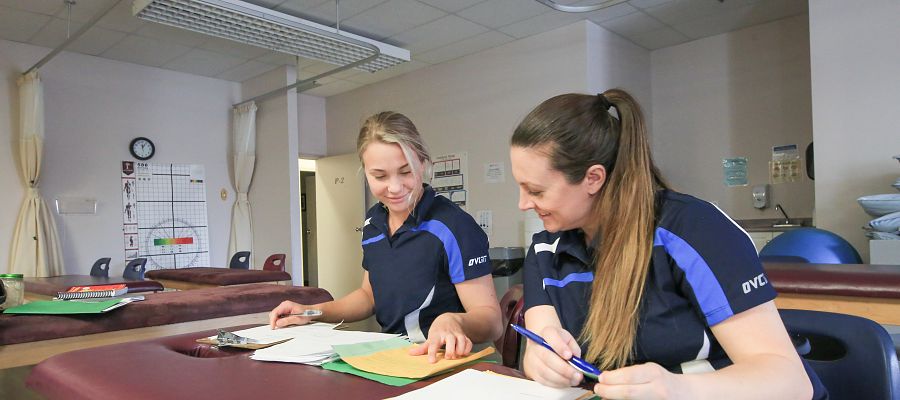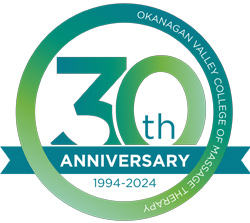

Massage Therapy for Stroke Rehabilitation
October 12, 2016
A stroke, or cerebrovascular accident (CVA) occurs when blood flow to a particular area of the brain is interrupted, or when an artery in the brain bursts and floods the surrounding tissue with blood. A stroke caused by an obstruction of blood is called a cerebral ischemia, while CVAs caused by a ruptured artery are known as cerebral hemorrhages.
Ischemia strokes are by far the most common, counting for roughly 80 percent of CVAs. Depending on the severity of a stroke and where in the brain it occurs, the damaging effects can range from mild to severe and include:
- Weakness, numbness, tingling or paralysis to limbs, facial muscles or sometimes an entire side of the body
- Impaired vision
- Inability to walk or problems with coordination and balance
- Problems with chewing, swallowing and speech
- Memory loss
Patients in recovery from stroke may receive support from a diverse range of healthcare professionals, including speech therapists, physiotherapists, neurologists and registered massage therapists. Massage therapy can play an important role in the patient’s recovery process, helping to improve nerve function and joint mobility while relieving stress associated with the trauma of a CVA.
Swedish Massage: Stress Relief and Improved Range of Motion
During their massage therapy training, students learn about CVAs and techniques that can help aid in patients’ recovery. Through the college outreach program, they also work with real patients who suffer from various neuro-systemic conditions, which may include stroke. One of the most common techniques administered to patients who have suffered a stroke is Swedish massage. The most frequently reported benefits of this approach include:
- relief from anxiety caused by the trauma of the CVA and resultant loss of function
- reduced muscle tension
- improved joint function
The long, gliding strokes used in Swedish massage therapy relax the entire body, decreasing cortisol levels while prompting the production of serotonin. This technique also stimulates circulation and increases blood oxygen levels throughout the body. Several studies report that stroke patients with swelling, numbness, or reduced range of motion in the arms and legs benefit from improved sensation and mobility after Swedish massage.
An RMT will consult with the stroke patient about their specific therapeutic goals, such as improving their ability to walk or use their arms. Beginning with whole body Swedish massage, the RMT may then choose to focus treatment on specific muscles and joints, helping the patient achieve their personal goals for enhanced mobility.
Incorporating Therapeutic Exercises Into Massage Therapy For Stroke
To further assist in the rehabilitation process, professionals with massage therapy training may introduce therapeutic exercises into a patient’s treatment plan. These may include simple strength and stretching exercises to further improve flexibility and range of motion. An RMT may also suggest techniques to assist stroke patients as they relearn some of the basic coordination and movement skills they may have lost as a result of their neuromuscular patterns becoming disrupted.
Although stroke rehabilitation therapy is best started immediately after the CVA occurs, an RMT may be able to create a beneficial treatment plan for the patient even months or years later.

